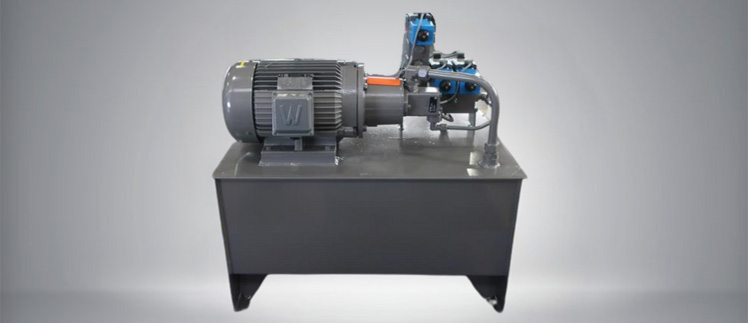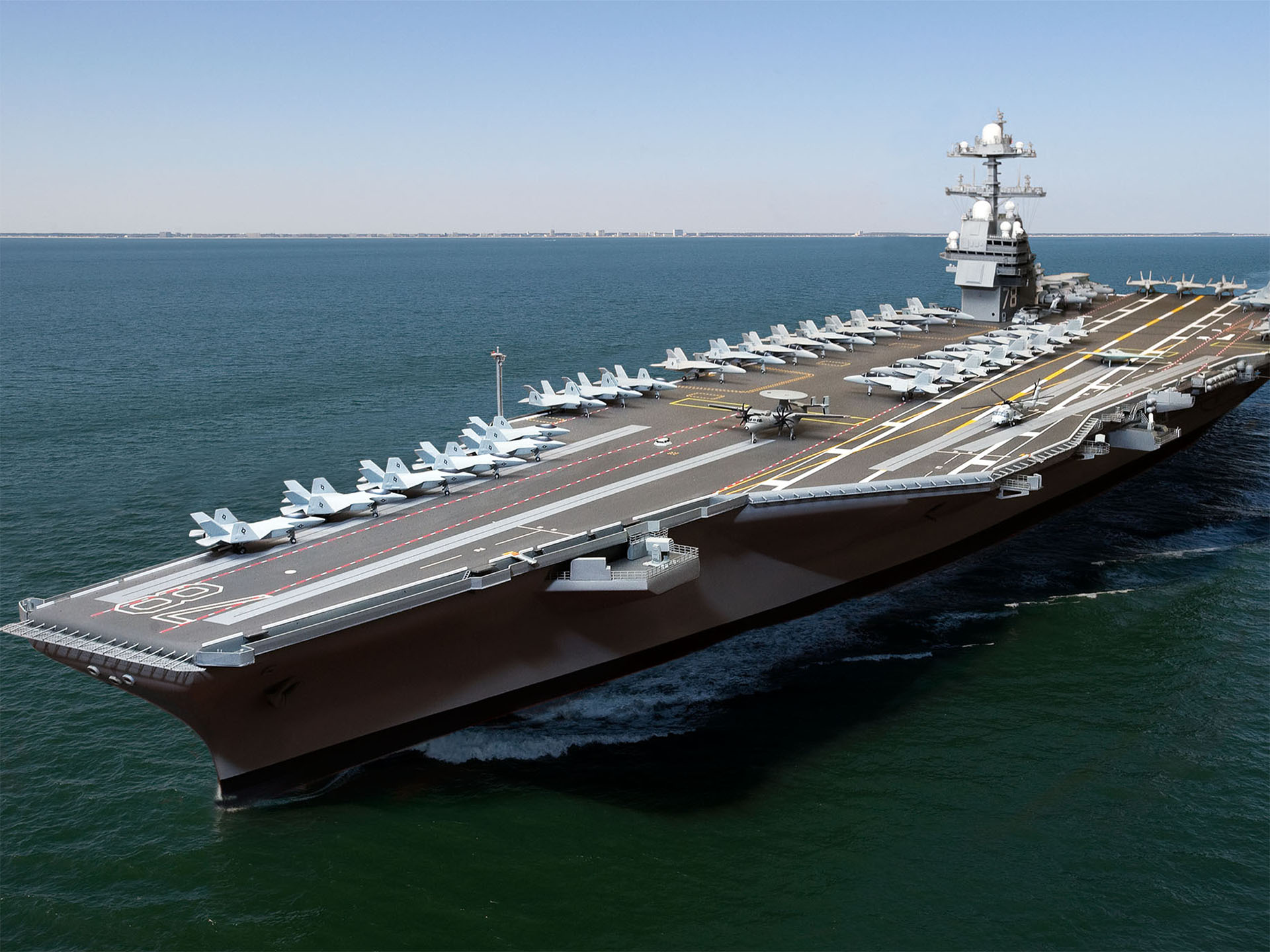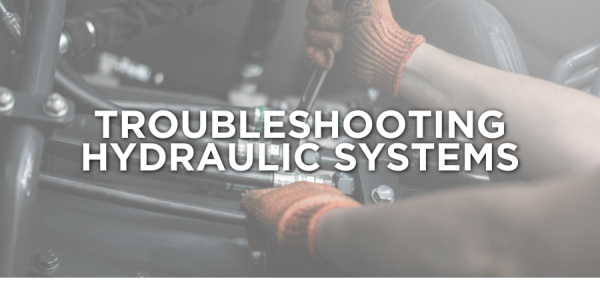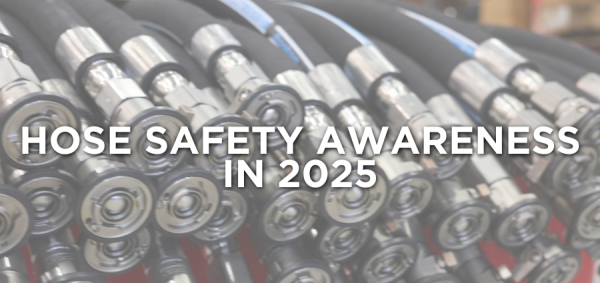Hydraulic Power Units Explained
When it comes to hydraulic systems, your equipment is only as reliable as the power unit behind it. A hydraulic power unit (HPU) acts as the beating heart of your hydraulic operation—driving actuators, controlling movement, and delivering the force required for the job. But how do you ensure you’re selecting the right HPU for your application? Proper sizing is critical, and getting it wrong can lead to inefficiencies, excessive wear, or even system failure.
At Supreme Integrated Technology (SIT), we understand the complexities of hydraulic design. Backed by decades of experience in both standard and custom-built hydraulic systems, our engineers specialize in delivering tailored power units that meet performance demands while ensuring long-term reliability. Here’s a detailed look at the key parameters you should evaluate when sizing an HPU—and how SIT can help simplify the process.
Understanding the Basics: What Is a Hydraulic Power Unit?
A hydraulic power unit consists of several core components—typically a motor, pump, reservoir, valves, filters, and other accessories—working together to convert electrical or mechanical energy into hydraulic energy. This pressurized fluid is then used to power machinery across industries like marine, defense, oil & gas, civil infrastructure, and industrial automation.
Whether you’re supporting a mobile application or a permanent installation, selecting the right HPU requires a careful analysis of operational needs and environmental variables.
Key Parameters for Sizing a Hydraulic Power Unit
- Required Flow Rate (GPM or LPM)
This is one of the most important specifications. Flow rate determines the speed at which your hydraulic actuators (cylinders or motors) will operate. Too little flow and your system will be sluggish; too much, and you may risk component damage or wasted energy. SIT works closely with clients to calculate optimal flow based on the application’s load and movement cycle. - Operating Pressure (PSI or Bar)
Pressure dictates the amount of force your system can exert. Higher pressure allows for greater force with smaller components, but also increases stress on the system. It’s essential to match pressure capabilities to your load requirements and ensure all components are rated accordingly. - Duty Cycle
Will your HPU run intermittently or continuously? The duty cycle affects not only the motor selection but also heat generation and system longevity. SIT engineers factor in your expected usage pattern to recommend the most efficient combination of components. - Reservoir Size
The reservoir must be appropriately sized to allow for fluid expansion, heat dissipation, and to prevent cavitation. As a general rule, reservoir volume should be 3 to 5 times the system’s flow rate in gallons per minute, but SIT can help you optimize sizing based on available space and cooling needs. - Cooling Requirements
Heat is a major enemy of hydraulic systems. If your system runs continuously or in high-temperature environments, proper cooling is essential to maintain oil viscosity and avoid premature failure. SIT offers both air-cooled and water-cooled options based on environmental demands and duty cycles. - Type and Viscosity of Hydraulic Fluid
Not all hydraulic fluids are created equal. Fluid selection affects pump performance, filtration requirements, and temperature stability. SIT ensures compatibility across the system for smooth and efficient operation. - Environmental Conditions
Will your HPU be used indoors or outdoors? In coastal, offshore, or hazardous locations? These considerations affect everything from paint coatings to enclosure ratings, heater selections, and material choices. SIT specializes in building ruggedized units for harsh environments, including marine and defense-grade applications.

SIT’s Approach to Engineered Solutions
At Supreme Integrated Technology, we don’t just sell power units—we design integrated systems that work. Whether you’re seeking a standard power unit for a common application or a custom-engineered solution with precise control and feedback integration, our team offers end-to-end support:
- Application review and system design
- Detailed hydraulic schematics
- Electrical integration and automation
- Onsite startup and commissioning
- Long-term field service and support
From design to delivery, SIT ensures your hydraulic power unit performs at its best—efficiently, safely, and reliably.
Final Thoughts: Partner with SIT for Smarter Hydraulic Systems
Choosing the right HPU isn’t just about selecting components from a catalog—it’s about understanding how each element impacts the performance, efficiency, and safety of your system. With SIT, you get more than a product—you gain a trusted engineering partner who brings deep expertise across industries and project scales.
Ready to get started? Visit www.sitech-us.com or contact our team to discuss your hydraulic power unit requirements today. Let’s engineer a solution that powers your success.




